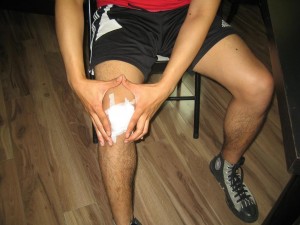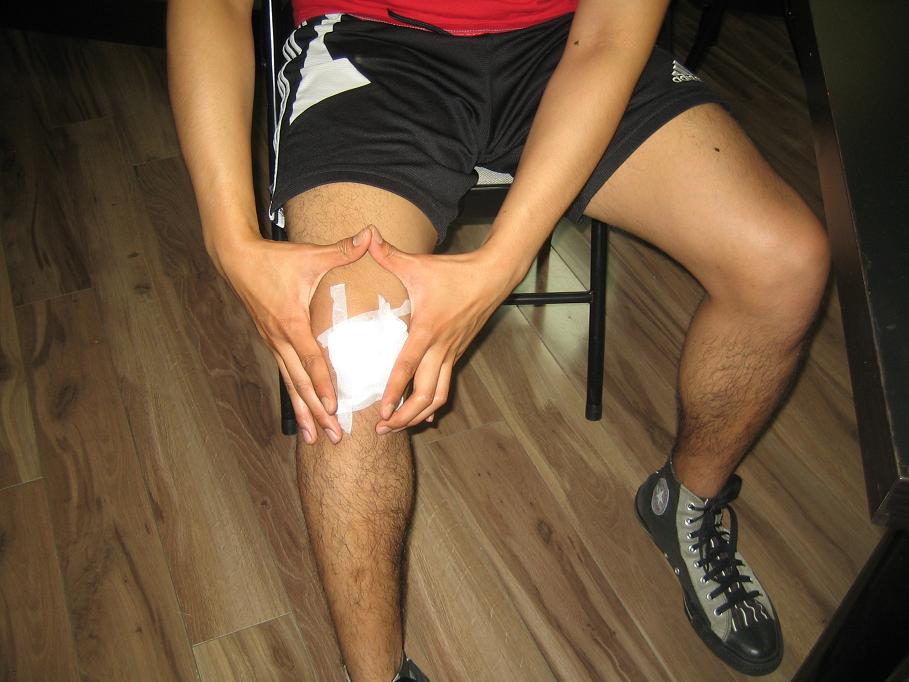https://www.youtube.com/watch?v=Ns1DPvXVO6I
Burns comes in different degrees and the extent of damage usually varies. Immediate treatment is usually needed for second and third degree burns while a first degree burn can be managed at home. Your ability to provide the proper first aid treatment at home on burn incidents can help prevent complications like infection and to help ease the discomfort of a skin injury caused by a burn.
Different degrees of a burn
A first degree burn can cause minor skin injuries and may become manageable with home treatment. Only the outer layer of the skin called epidermis is involved and the symptoms only appears are minor swelling, redness and pain. However, a first degree burn involving the hands, feet, face, groin, buttocks and joints may require medical attention.
A second degree burn usually involves the first and the second layer of the skin called dermis. Symptoms are more serious than a first degree burn and usually involves blister formation, redness, severe pain and swelling. A 3 inches diameter second degree burn is considered to be a minor skin injury, but when it involves major body areas like the body, major joints, groin, hand, feet, face and buttocks, it is categorized as a major burn.
In a third degree burn, on the other hand, all layers of the skin are injured and permanent tissue damage occurs. The affected area appears as charred black and may be patchy white. It is a burn that is serious enough to require immediate medical attention and treatment because of the risk for infection.
Home management and burn treatment

After ascertaining the extent of the tissue injury, you can do the following treatment and management of minor burns while you need to take the person to a doctor for proper treatment for major burns.
- Let the burn cool down. You can do this by holding the burned area under cool running water for 10 to 15 minutes or until the pain is relieved. Make sure the temperature is not too cold and do not apply ice directly to the burned area.
- Use a sterile gauze to cover the burned skin. Avoid using any material that may leave small particles on the wound such as cotton. The gauze must be applied loosely to avoid friction and pressure. This will prevent air from irritating the wound thus relieving pain and swelling.
- Give a pain reliever if the pain makes the person feel uncomfortable or the pain becomes unbearable. Over-the-counter pain relievers will suffice to ease the pain.
Reference:
Mayo Clinic. Burns: First Aid. Retrieved on July 3, 2014 from http://www.mayoclinic.org/first-aid/first-aid-burns/basics/art-20056649

